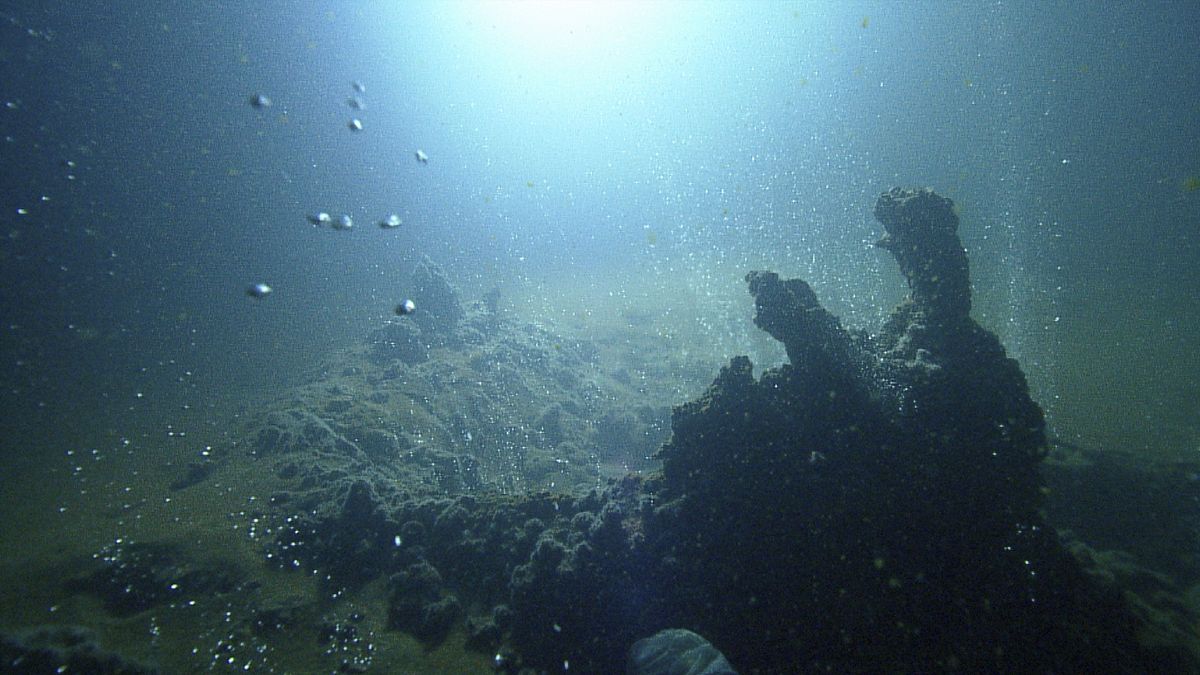Never-before-seen volcanic magma chamber discovered deep under Mediterranean, near Santorini
By JoAnna Wendel published about 14 hours ago
Using a technique to study seismic waves, researchers revealed a previously unknown magma chamber underneath a the Kolumbo submarine volcano.

This view from an international volcano monitoring system shows the Kolumbo volcanic crater on the seafloor.
This view from an international volcano monitoring system shows the Kolumbo volcanic crater on the seafloor. (Image credit: SANTORY)
A submarine volcano whose deadly eruption shattered the picturesque Greek island of Santorini nearly 400 years ago has a growing, never-before-seen magma chamber that could fuel another massive eruption within the next 150 years, a new study finds.
About 4 miles (7 kilometers) from Santorini, 1,640 feet (500 meters) under the ocean's surface, lies the Kolumbo volcano. Kolumbo is one of the most active submarine volcanoes in the world, and according to historical accounts(opens in new tab), its last eruption in A.D. 1650 killed at least 70 people. A study published Oct. 22, 2022, in the journal Geochemistry, Geophysics, Geosystems(opens in new tab) revealed that the previously undetected magma chamber growing beneath the Kolumbo volcano could lead to another eruption, thus endangering residents and tourists on Santorini.
Undersea volcanoes are monitored just like their on-land counterparts, but because undersea seismometers are challenging to install, there are fewer of them, which means scientists have less data on undersea volcanoes. In an attempt to overcome this problem, researchers decided to try a different technique to study the inner mechanics of Kolumbo.
Specifically, they used a method called full-waveform inversion, which employs artificially produced seismic waves to create a high-resolution image showing how rigid or soft the underground rock is.
More:
https://www.livescience.com/mediterranean-volcano-growing-magma-chamber
